Pacific Northwest Juncos
Here in the Pacific Northwest, Juncos are visible year-round. These sweet little songbirds are often referred to as Snowbirds because they seem to appear when it snows and stick around all winter. However, these little crooners usually react more to the lack of daylight than temperature. Colder temperatures don't bother Juncos much (they gain as much as 30% more feathers in winter), but darkness rattles them. It's possible that they don't see as well in the dark, especially under leaves and bushes on dreary days. In that case, they might move on to a more cheerful environment. However, I've found no information to back my beliefs.
A flock of Juncos is called a flutter, chittering, host, or crew, and they often fly with Sparrows, Chickadees, or Kinglets.
While Juncos in the Pacific Northwest are typically about 5.5 to 6.5 inches long, brown or grayish, with dark heads and eyes and flashes of white in their tail feathers, you can find Juncos in many parts of the world in different colors, shapes, and sizes. They can also exhibit unique behaviors. At least 630 million Juncos inhabit our continent's parks, forests, and suburban habitats.
There are as many as fifteen sub-species of Juncos, with five common ones: the Oregon, the Slate-colored, the Grey-headed, the Pink-sided, and the White-winged. However, they are all the same species and are related to the Sparrow. They are recognizable by their black eyes, dark hoods, light underbellies, and a flash of white in their tails as they take flight, accompanied by a shrill song.
While Juncos can soar, Juncos spend over 60% of their time on the ground, hopping and running from one place to another across grassy areas in search of seeds and under ground-covering plants, such as ivy and bushes, where they often nest. However, when inclined, they may also set up homes in hanging planters and under porch steps in rural areas.
Dark-eyed juncos make a variety of sounds and calls. They chirp, twitter, warble, whistle, and trill. They sing similarly to that of the Sparrow, which I've heard are relatives. To warn you, Juncos sing extremely loud during Spring (the mating season). If you rescue one and consider raising it, you'll have to be willing to listen to loud bird songs for hours on end, especially if your Junco is a male. However, the rest of the year, both males and females sing quieter songs. Some sound barely audible, more like whispers.
Watching Juncos can be a delightful experience. Of all birds, Juncos are the most endearing. They have almost human-like expressions and gestures. Watching them take a bath is pure pleasure because of their obvious enjoyment.
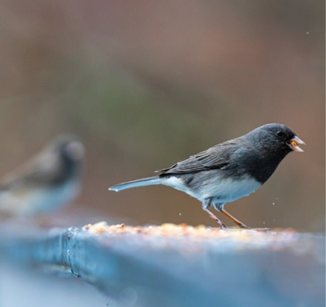
Junco Social Life
Juncos travel in groups called chitterings, flutters, hosts, or crews. Most are family members, although Juncos can and do adopt orphans along the way, as long as they are well-mannered, of course. Juncos are extremely protective of...
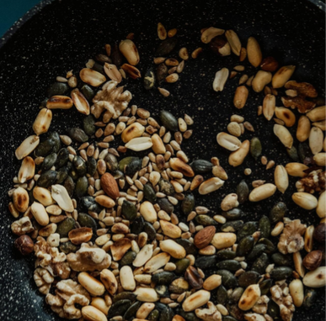
Junco Diet
Juncos favors seeds, insects, fruit, and some grasses in the wild. They may eat the seeds of Echinacea, Black-Eyed Susan, Zinnia, Goosefoot, Pigweed, Ragweed, Panic Grass, Barnyard grass, Sorrel, Chickweed, Smartweed, Crabgrass...
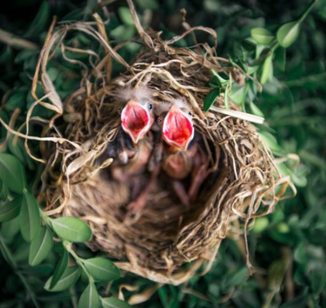
Junco Rescue
The best thing you can do when rescuing baby birds is NOT to. I know this sounds uncaring and cruel. I also know that for nature lovers (with me being one of them), not rescuing a baby bird can seem impossible. How can you NOT...
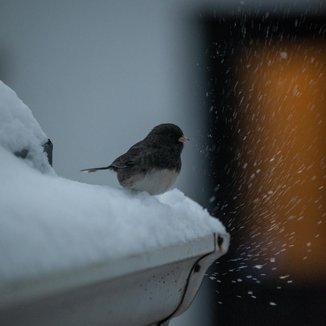
Junco Doctoring
When Meekull became ill, I couldn't find a doctor to treat him. Veterinarians need a special license to treat wild birds or risk being shut down. There was one doctor I might have been able to see, but his office was two counties away, so I had to learn how to...
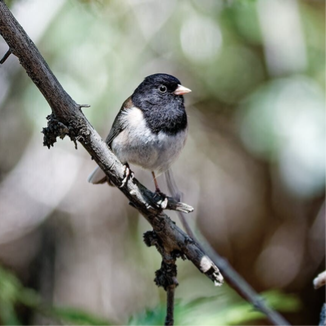
Junco Resources
- Slides
- Videos
- Sounds & Calls
- Baby Bird Feeding Instructions (a visual how-to)
- Books
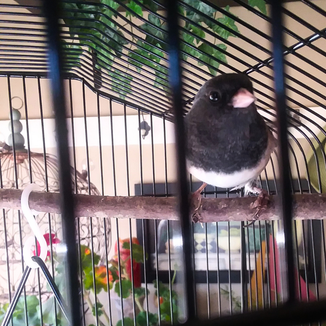
Meet Meekull!
Meekull is Tarot Gone Viral's mascot and beloved member of our family. This tiny orphan came to live with us in June of 2024. He is fiercely loved.

